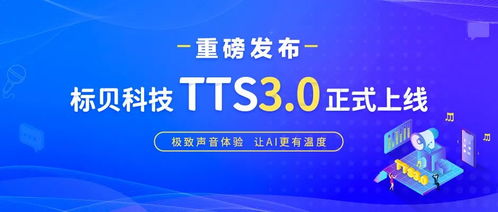```html
AI Technology in Language Translation
Language translation is undergoing a revolution thanks to advancements in Artificial Intelligence (AI) technology. AIpowered translation tools have greatly enhanced the efficiency and accuracy of translating text between languages, benefiting various industries and individuals worldwide.
Traditional language translation methods often relied on manual labor, which could be timeconsuming and prone to errors. With AI, translation processes have become more automated and efficient. Here are some key ways AI is revolutionizing language translation:
The impact of AI technology on language translation extends across various industries and applications:
- Global Business: AI translation tools enable businesses to communicate effectively with international customers, partners, and stakeholders. Accurate and timely translation facilitates international trade, negotiations, and collaborations.
- Travel and Tourism: Tourists can use AI translation apps to overcome language barriers while traveling abroad. These apps provide realtime translation of signs, menus, and conversations, enhancing the overall travel experience.
- ELearning: AIpowered translation platforms make educational resources more accessible to learners worldwide. Students can access course materials and lectures in their native language, breaking down language barriers in education.
- Healthcare: In the healthcare industry, AI translation technology aids in the interpretation of medical records, prescriptions, and patient communication. This ensures accurate communication between healthcare providers and patients with limited English proficiency.
- Legal Documentation: Legal professionals rely on AI translation tools to translate contracts, agreements, and other legal documents accurately. This helps facilitate international legal proceedings and business transactions.
While AI has transformed language translation, several challenges remain, including:
- Contextual Understanding: AI systems still struggle to grasp the nuances of human language and cultural context fully. Improving contextual understanding is essential for producing more accurate and culturally sensitive translations.
- LowResource Languages: Many AI translation models perform well for highresource languages but struggle with lowresource languages that have limited training data. Addressing this challenge requires developing techniques to train models effectively with limited data.
- Quality Control: Ensuring the quality and accuracy of AI translations is crucial, especially in sensitive domains such as healthcare and legal translation. Implementing robust quality control measures can help mitigate translation errors and inaccuracies.

Looking ahead, the future of AI in language translation holds promising developments, including:
- Improved Multilingual Models: AI researchers are working on developing more advanced multilingual models capable of translating between multiple languages with high accuracy.
- Customized Translation Solutions: Personalized translation solutions tailored to specific industries or domains will become more prevalent, catering to the unique needs and requirements of different users.
- Integration with Other Technologies: AI translation technology will likely integrate with other emerging technologies such as augmented reality (AR) and natural language processing (NLP) to provide more immersive and interactive translation experiences.
AI technology has revolutionized language translation, making it more efficient, accurate, and accessible than ever before. From global business and travel to healthcare and education, AIpowered translation tools are transforming how we communicate across languages and cultures. While challenges remain, ongoing research and innovation promise to further advance the field of AI language translation, opening up new possibilities for global communication and collaboration.
